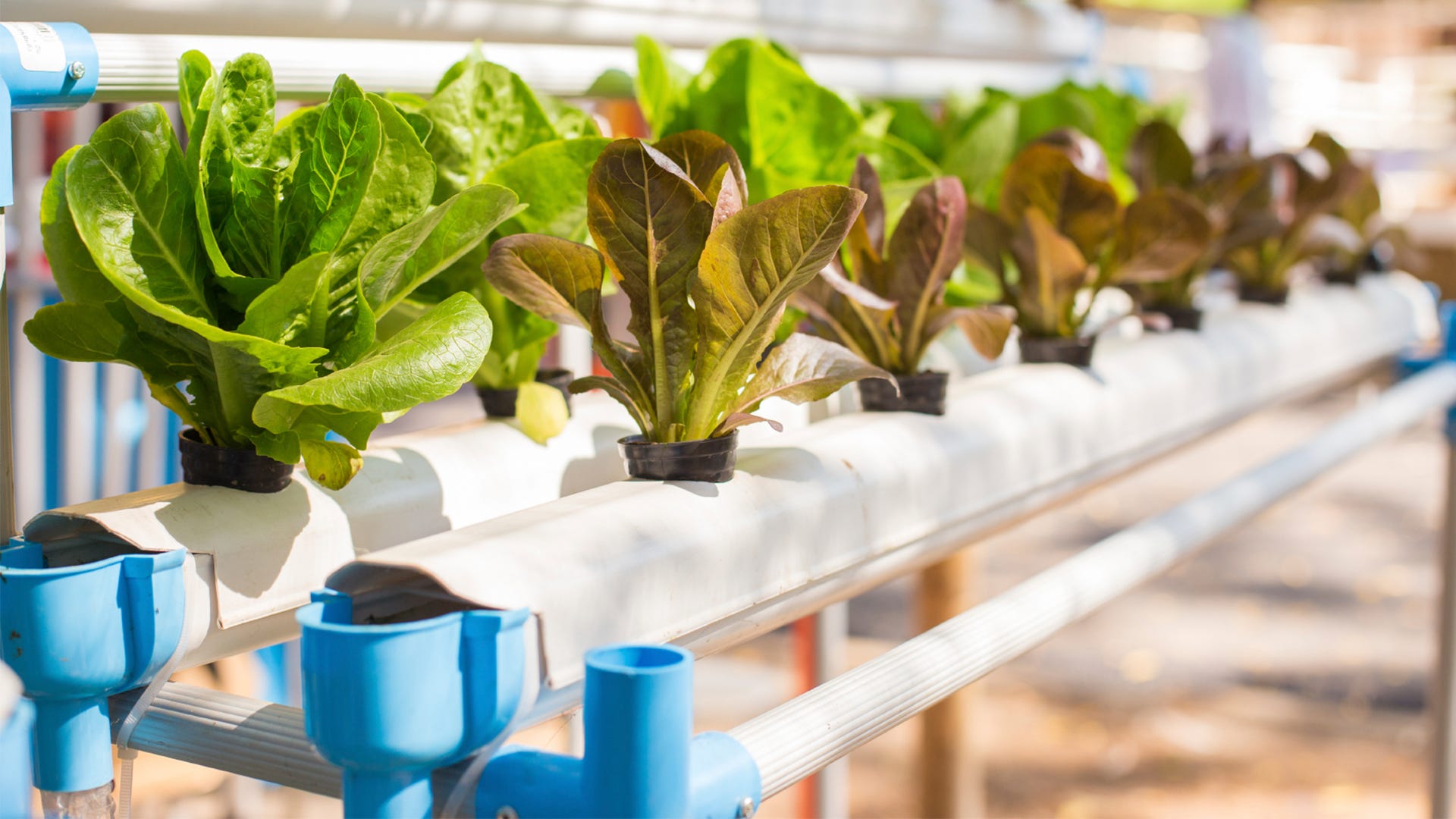
In hydroponics, you need to test your soil periodically to be sure it has a healthy pH for your crops and is retaining moisture and nutrients for the plants to absorb. The good news is you don't need to take your soil to a lab to get this vital information. Instead, you can try these simple do-it-yourself soil tests at home.
Squeeze Play
An ideal soil mix for productive indoor plants is equal parts peat moss or coir (coconut husk fiber), vermiculite or perlite, and mature compost. To check if the mix has the right consistency, put a few scoops in a bucket and moisten it. Gently squeeze a handful with your fingers. If it forms a soft ball, the balance is just right. If it clumps into a mucky ball, add a bit more peat or coir to loosen it. Soil that's clumpy holds too much moisture. It can drown plants or invite fungal diseases to move in, and may keep roots from spreading out. If the ball falls apart when you open your fingers, add more compost. Too loose soil will not hold moisture or nutrients long enough for your plants to absorb them.
Kitchen pH
Most, but not all, food and medicinal crops thrive in slightly acidic soil, around 6.5 to 6.8 pH. When the pH is too high (alkaline) or too low (acidic), plants are not able to take up the nutrients that you're feeding them. To be effective, your nutrient solution needs to be in the right range for your crop and system, so be sure to follow package directions carefully. You also want to check your soil mix periodically to be sure its pH is right, too. You can buy pH kits at home and garden centers or online, but this home test is fun and gives you useful information. Start by putting one spoonful of soil mix into two clean glass jars. Add 1/2 cup of vinegar to one of the jars. If it fizzes, you have alkaline soil, with a pH between 7 and 8. If it doesn’t fizz after adding vinegar, add a few splashes of distilled water to the soil in the other jar. Make it muddy, but do not submerge it. Pour in 1/2 cup baking soda and wait a few moments. If the second jar's contents fizz, the soil is acidic, with a pH between 5 and 6. If no fizzing occurs in the second container, the soil has a neutral pH of 7. You can adjust the pH of your soil by adding a little lime (an alkali) or elemental sulfur (acid).
Seed trial
You can get a good read of a soil mix's fertility by starting some seeds in it. Choose a fast-growing type, like beans, cress or oats, and plant a few in small pots with the soil. They should sprout within a few days -- an indication that your soil mix is holding sufficient moisture but not so much that the seedlings rot. In a couple weeks, the sprouts should have their first set of true leaves -- not the round embryonic leaves known as "cotyledon," but a couple pairs that look like the foliage of the mature plant. If seeds get off to a strong start in your soil mix, you can feel confident using it for larger plants you will be feeding and watering. If you want to get even more insight, start the same seeds in two different soil mixes. Observe the results and choose the one that performs best. That's a little homework you will earn extra credit for come harvest time.
Learn More
Do you have any DIY tricks for your hydro operation? Let us know about it the next time you visit Safer® Brand on Facebook. We love to hear your ideas!



